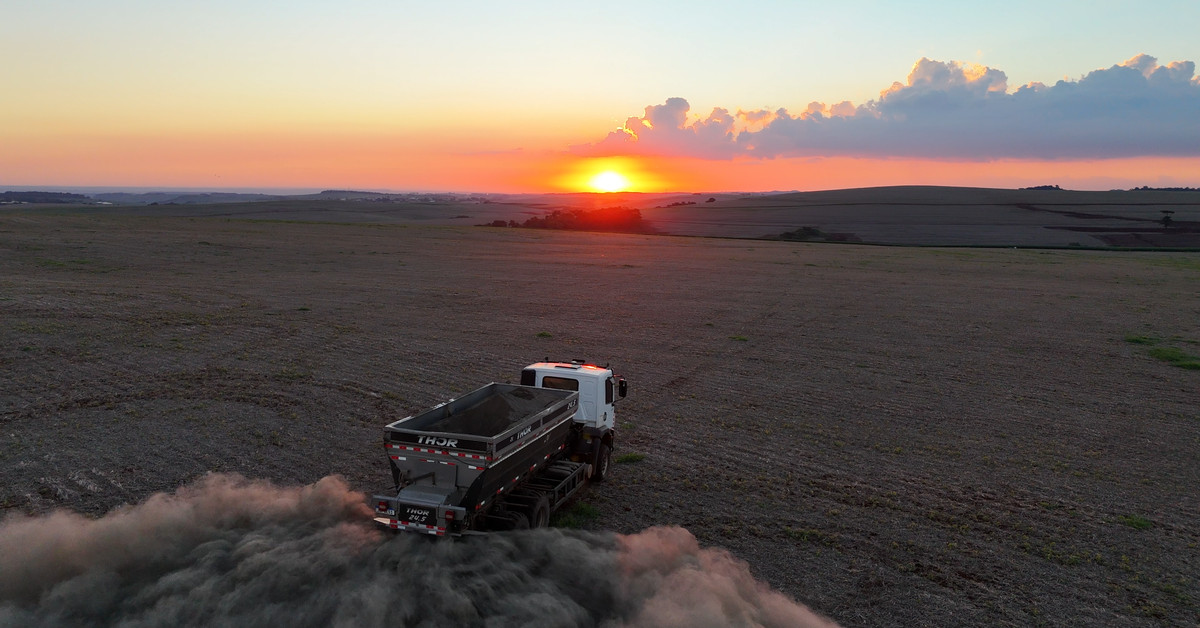In a significant move towards combating climate change, Google and other major companies have partnered with a startup called Terradot to develop a plan that involves trapping carbon dioxide using rocks. This innovative approach has garnered considerable attention due to its potential to slow down the impact of pollution on the environment.
A Multimillion-Dollar Deal with Terradot
Terradot, a Sheryl Sandberg-backed company, has secured multimillion-dollar deals with Google and other big companies, including H&M Group and Salesforce. The agreement, brokered by Frontier, a carbon removal initiative led by Stripe, Google, Shopify, and McKinsey Sustainability, involves the removal of 90,000 tons of carbon dioxide from the atmosphere. This deal is valued at $27 million, with each company paying approximately $300 per ton of CO2 captured.
Google’s Additional Deal with Terradot
Separately, Google has announced a new deal to purchase an additional 200,000 tons of carbon removal from Terradot. Although the exact cost of this deal is not disclosed, it is estimated to be around $60 million if the price per ton remains consistent with the Frontier agreement.
A Breakthrough in Enhanced Rock Weathering
The strategy employed by Terradot involves enhanced rock weathering (ERW), a relatively low-tech approach that accelerates the natural process of rock breakdown. Rainfall naturally weathers rocks, releasing calcium and magnesium, which triggers a chemical reaction that traps CO2 in water as bicarbonate. This process is essential for slowing down climate change.
The Science Behind Enhanced Rock Weathering
Enhanced rock weathering aims to speed up an already occurring natural process that may take thousands of years to complete. By crushing rocks and spreading them over a large area, the surface area exposed to CO2 is increased, allowing more carbon dioxide to be trapped in water as bicarbonate.
Terradot’s Methodology
Terradot takes basalt from quarries in southern Brazil to nearby farms, where it is used as finely-ground rock. The company has partnered with Brazil’s agricultural research agency (EMBRAPA) to utilize this strategy on over 1 million hectares of land. The hot and humid climate in Brazil also accelerates the weathering process.
Challenges Ahead
While Terradot’s approach shows promise, there are still concerns about measuring the effectiveness of carbon removal using ERW. It is challenging to quantify how much CO2 is actually captured, as soil samples will be used to assess degradation over time.
Comment from an Expert
"I mean, it’s a big deal," says Dr. Jagoutz, an expert in the field. "But how much they sequester is still the outstanding question. I also think, why not try? We don’t have the luxury to overthink it right now."
Is Carbon Removal Enough?
While this breakthrough offers hope for combating climate change, experts agree that carbon removal is not a substitute for emissions reductions. In fact, Google’s own data shows that 200,000 tons of carbon removal is only a fraction of its annual pollution output.
What Next?
As the world grapples with the challenges of climate change, companies like Google are taking steps towards transitioning to clean energy sources. Developing advanced nuclear reactors and new solar and wind farms will be crucial in powering data centers with carbon-free electricity. However, it is essential to recognize that switching to clean energy is the only effective way to stop climate change.
Conclusion
The partnership between Terradot and Google marks a significant step towards mitigating the impact of pollution on the environment. While challenges remain, this innovative approach demonstrates the potential for accelerated natural processes in combating climate change. As we move forward, it is essential to continue investing in clean energy sources and developing technologies that can help reduce emissions.
References
- "Google’s future data centers will be built next to solar and wind farms" (Source: [1])
- "Google inks nuclear deal for next-generation reactors" (Source: [2])
- "Carbon dioxide emissions from fossil fuels are already making heatwaves, droughts, wildfires, storms, and other climate disasters more dangerous." (Source: [3])











